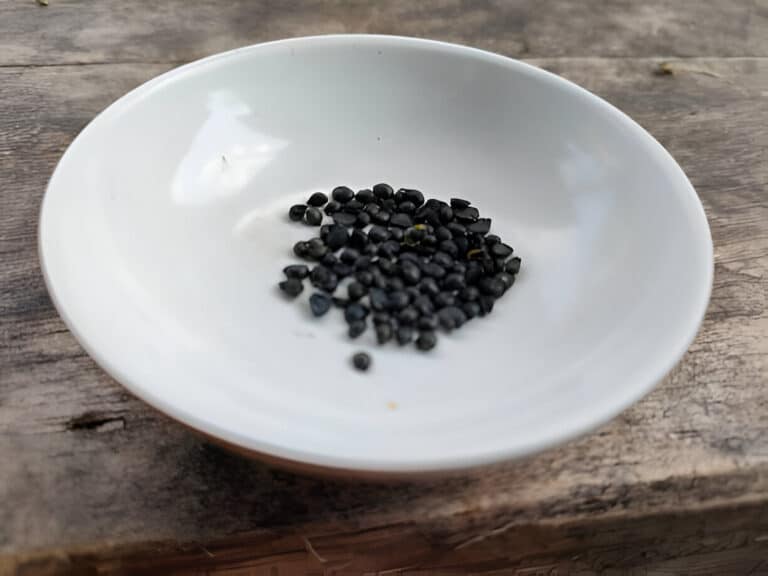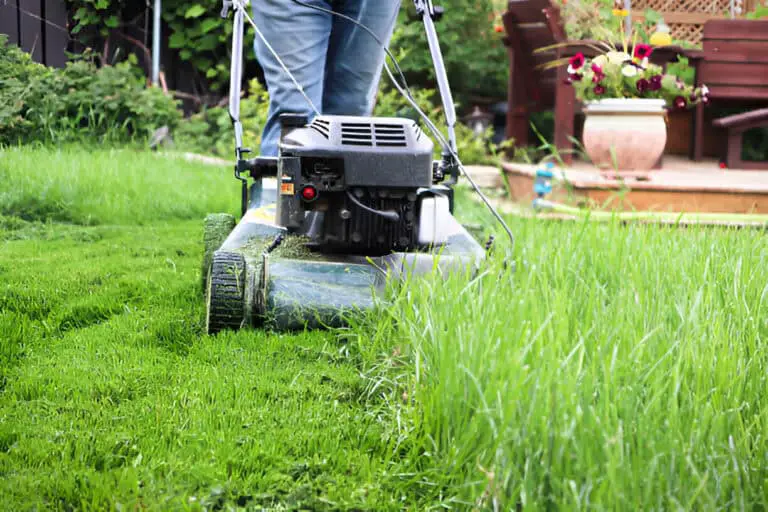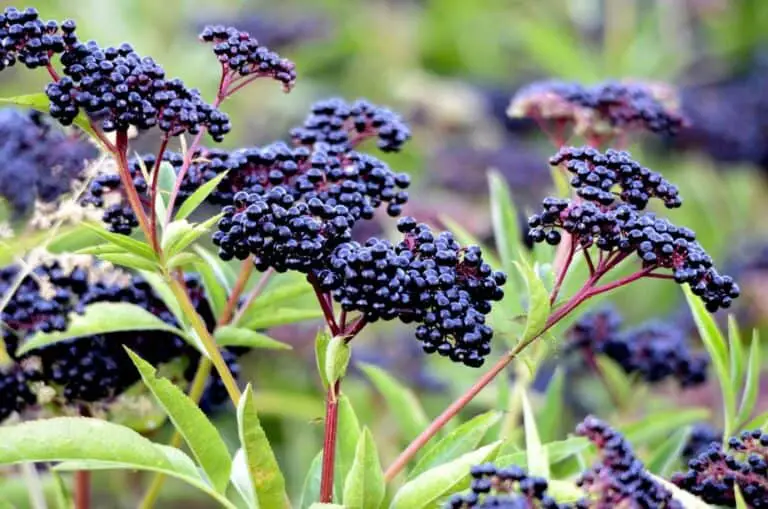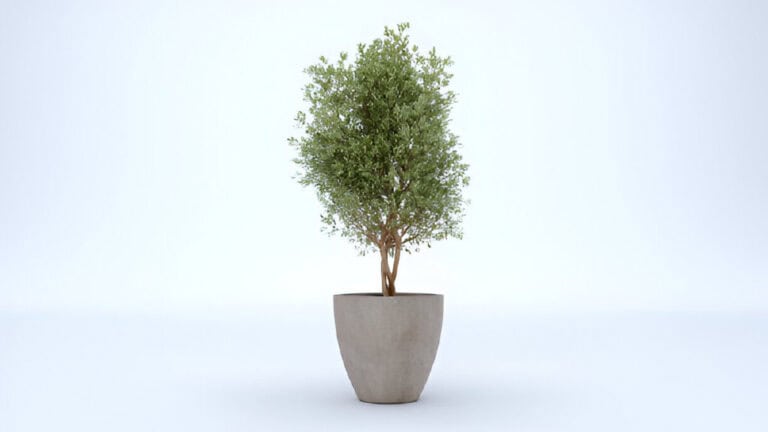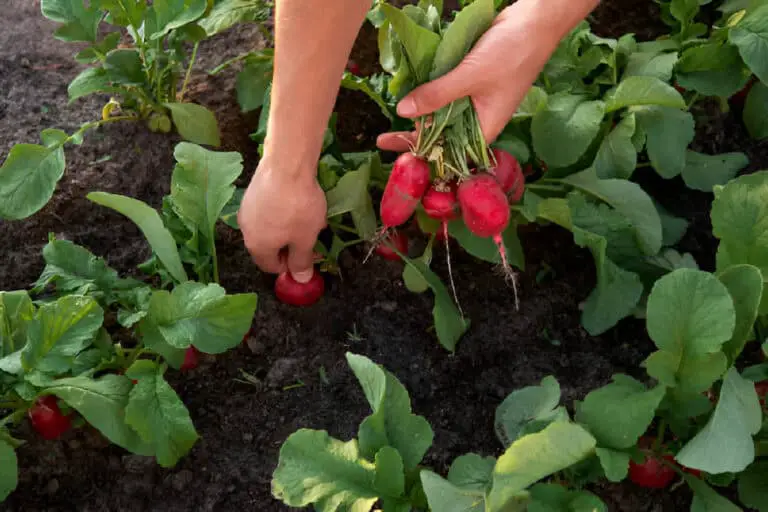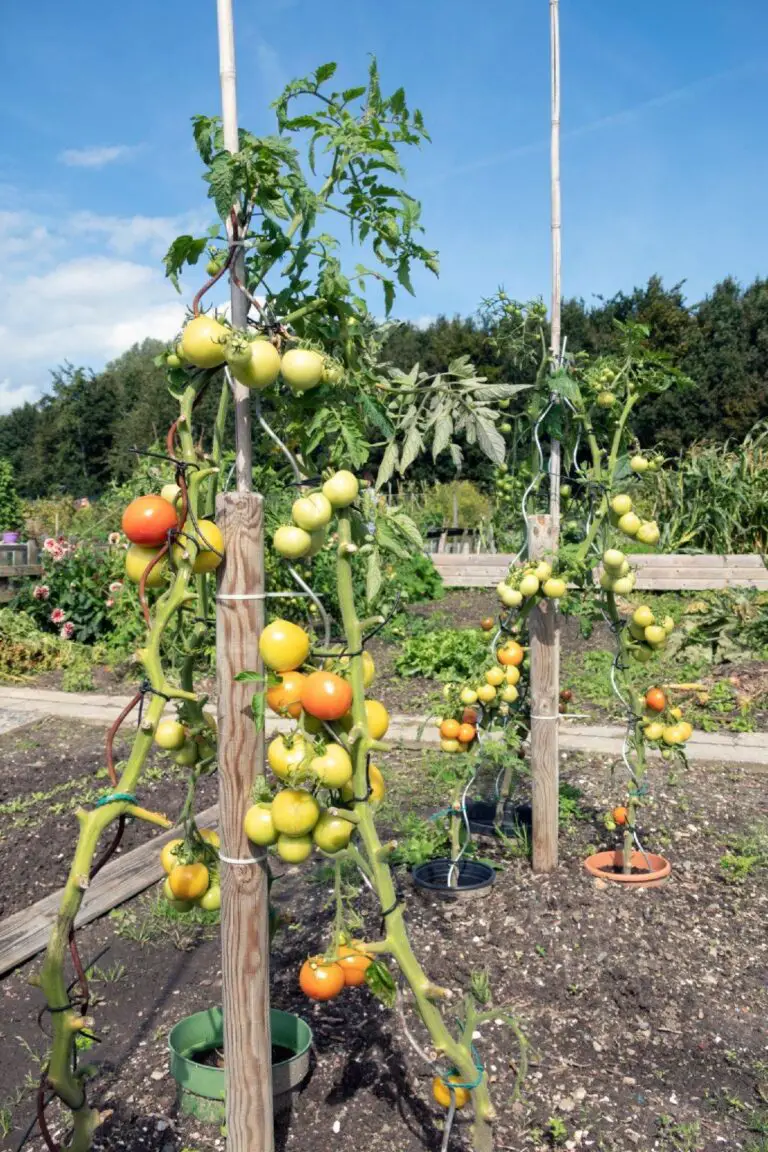Fort Mcnair Red Horse Chestnut (Aesculus X Carnea): Plant Care and Growing Guide
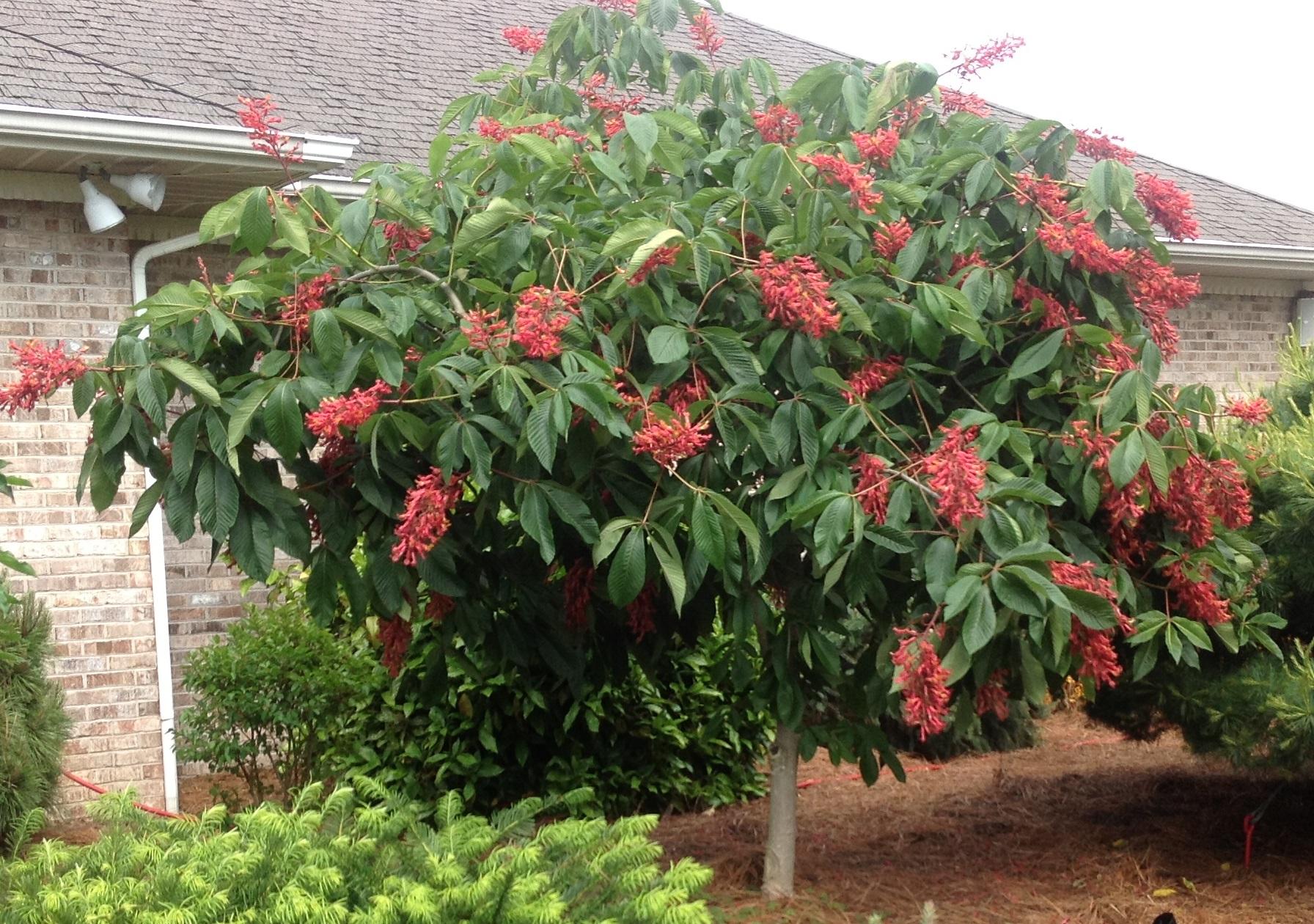
The Fort McNair Red Horse Chestnut is one of those trees that stops people in their tracks. The first time I saw its towering clusters of rosy-red flowers, I had to walk closer just to take it all in. This tree isn’t just ordinary. It feels regal, with bold leaves and impressive blooms. When I planted one in my yard, I saw how much character it brings. In late spring, those blossoms shine against the lush green leaves.
Of course, like any tree with such a dramatic presence, it does best when you know its needs. It isn’t high-maintenance, but it appreciates the right spot, good soil, and a little care as it grows. In this guide, I’ll share tips for keeping the Fort McNair Red Horse Chestnut healthy. This way, it can thrive year after year.
Why Is Fort Mcnair Red Horse Chestnut So Popular?
The Fort McNair Red Horse Chestnut, known as Aesculus X Carnea ‘Fort McNair’ or Red Horsechestnut ‘Briotii’, is a favorite among gardeners globally.
This tree is popular for its low maintenance and slow growth. It will brighten your home or garden with its green leaves.
This Fort McNair Red Horse Chestnut Care Guide covers everything you need to know to succeed. Ready? Let’s go!
The fundamental caring guidelines for every Fort Mcnair Red Horse Chestnut can be summed up into the following:
- Water: Water: The Fort McNair Red Horse Chestnut needs regular watering for better fruit. But, as a landscape plant, too much water can cause issues.
- Light: Keep your Aesculus X Carnea ‘Fort Mcnair’ in an environment where it can receive full sun on a daily basis.
- Soil: Keep the Fort McNair Red Horse Chestnut in soil that is moist but well-draining. Use a mix of clay, loam, chalk, and sand for the best results.
That’s it – sunlight, water and soil! The basic 3 fundamentals for all plant care, and with the Fort Mcnair Red Horse Chestnut this is no exception. With these three elements, your leafy friend will live healthy and happy.
Scientific / Botanical Aspects
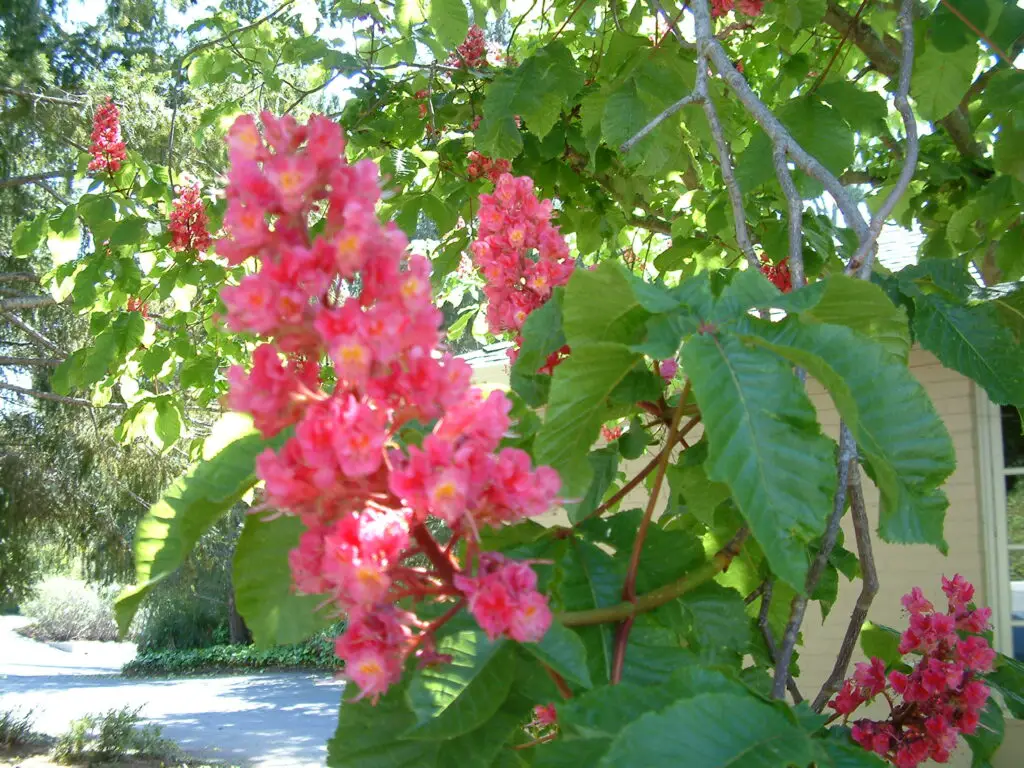
The Fort McNair Red Horse Chestnut is a member of the Sapindaceae family. It belongs to the Aesculus genus and the X Carnea species. Its full scientific name is Aesculus X Carnea ‘Fort McNair’ (es-KU-lus KAR-nee-uh).
Other members from the Sapindaceae family include the Redpointe® Red Maple, Acer Palmatum ‘Osakazuki’, Aesculus Parviflora, Downy Japanese Maple ‘Aconitifolium’, Paperbark Maple, Acer palmatum ‘Seiryû’
Like other Aesculus plants, the Fort McNair Red Horse Chestnut is deciduous. This means it sheds its leaves each autumn.
Growing Region
The Fort Mcnair Red Horse Chestnut is a plant native to the Europe.
Knowing your plant’s native region helps a lot. It shows you the best environment for your Fort McNair Red Horse Chestnut. If you keep it in mind, you can try to replicate these conditions at home, and you’ll likely end with a healthier plant.
The Aesculus X Carnea ‘Fort Mcnair’ thrives best in heat zones 6 to 8. Its hardiness ranges from 4a to 9a. The ideal climate zone is between 1 and 17.
Growth and Size
Growth
In terms of size and growth, the Fort Mcnair Red Horse Chestnut is a relatively slow grower, which makes things easy for any plant enthusiast.
Size
But what exactly does this mean for your Fort Mcnair Red Horse Chestnut? How large a pot should you consider, how tall, how wide can it get? Let’s jump in…
The Aesculus X Carnea ‘Fort Mcnair’ can grow up to 25′ – 35′ (7.5m – 10.5m) in 25′ – 35′ (7.5m – 10.5m) and 25′ – 35′ (7.5m – 10.5m) in 25′ – 35′ (7.5m – 10.5m).
Expect it to grow in a lovely rounded shape. Keep this in mind when planning your garden landscape.
| Read: Lilla Smoke Bush (Cotinus Coggygria ‘Lilla’): Plant Care and Growing Guide |
Water
In terms of watering, the Fort Mcnair Red Horse Chestnut is a fairly complicated plant to take care of.
This is mostly because it has a not so straightforward watering schedule and somewhat regular watering needs.
Most experts say the Aesculus X Carnea ‘Fort McNair’ needs regular watering for better fruit. However, too much water can harm it as a landscape plant.
Which is why it is considered a plant with relatively average needs in terms of water.
Watering
Keep your Fort McNair Red Horse Chestnut in soil that is moist but well-draining. This helps your plant grow and thrive.
Aim for soil with good drainage and moisture. This helps maintain proper moisture levels at all times.
In our experience, the well-known ‘thumb’ or ‘finger’ test works best for the Fort McNair Red Horse Chestnut. This method helps you give it just the right amount of water every time. It doesn’t matter where you place the tree or the environment.
Soil Mix
The Fort McNair Red Horse Chestnut likes soil that drains well and stays moist. So, mix clay, loam, chalk, and sand for the best results.
Most experts agree that the Fort McNair Red Horse Chestnut needs soil rich in organic matter. This provides the right conditions for growth.
In addition to this, expert gardeners recommend having preferably alkaline, acid or neutral soil.
Light and Exposure
In terms of light & exposure, the Fort Mcnair Red Horse Chestnut requires full sun in order for it to thrive under the right conditions.
Most experts agree that this tree will do well as long as you keep it in partial to full sun, and it will be able to grow properly.
We recommend placing your Aesculus X Carnea ‘Fort Mcnair’ in light to partial shade, with 2-6 hours of direct sunlight each day. It can also thrive in full sun, with more than 6 hours of direct sunlight daily.
Season
The Fort McNair Red Horse Chestnut is a deciduous plant. It sheds its leaves every autumn.
But, you can expect it to have its ‘prime-time’ during the spring (late), and during the summer (early, mid, late).
Flowers
You can expect your Fort Mcnair Red Horse Chestnut to flower around the spring months from April to June (spring).
In particular, this tree is well known for its showy flowers around the plant enthusiast community.
The Fort Mcnair Red Horse Chestnut produces some beautiful pink, or pink, gold/yellow and red/burgundy flowers around this time of year.
Foliage
The leaves from the Fort Mcnair Red Horse Chestnut have a beautiful green color during most of the year.
They have a compound leaf arrangement. This includes pinnately, bipinnately, and palmately. The leaves are organized oppositely.
You can expect the leaves from your Aesculus X Carnea ‘Fort Mcnair’ to be around (3-6 inches) in size.
The Fort McNair Red Horse Chestnut attracts hummingbirds. Keep this in mind when choosing your plants. You might find one in your garden!
Garden
How should you then organize your garden to include your new Fort Mcnair Red Horse Chestnut? Here are some recommendations by expert gardeners.
Most Aesculus X Carnea ‘Fort Mcnair’ owners agree that this tree will look great in most contemporary and rustic gardens of all types.
Some owners think they fit nicely in prairie and meadow gardens.
The Fort McNair Red Horse Chestnut is great for your garden. You can use it in urban gardens, for firescaping, as a specimen tree, or in wildlife gardens.
Companion Plants
Fort Mcnair Red Horse Chestnut’s do well with some other plants beside it. One good companion plant is the Cercis canadensis, which will pair up nicely with your leafy friend.
Others consider that a nice Aronia will work well too, so choose whichever you find works best for you!
Conclusion
We shared a lot about caring for your Fort McNair Red Horse Chestnut. Still, focus on the basics: sunlight, soil, and water. These are key to growing a healthy plant at home.

